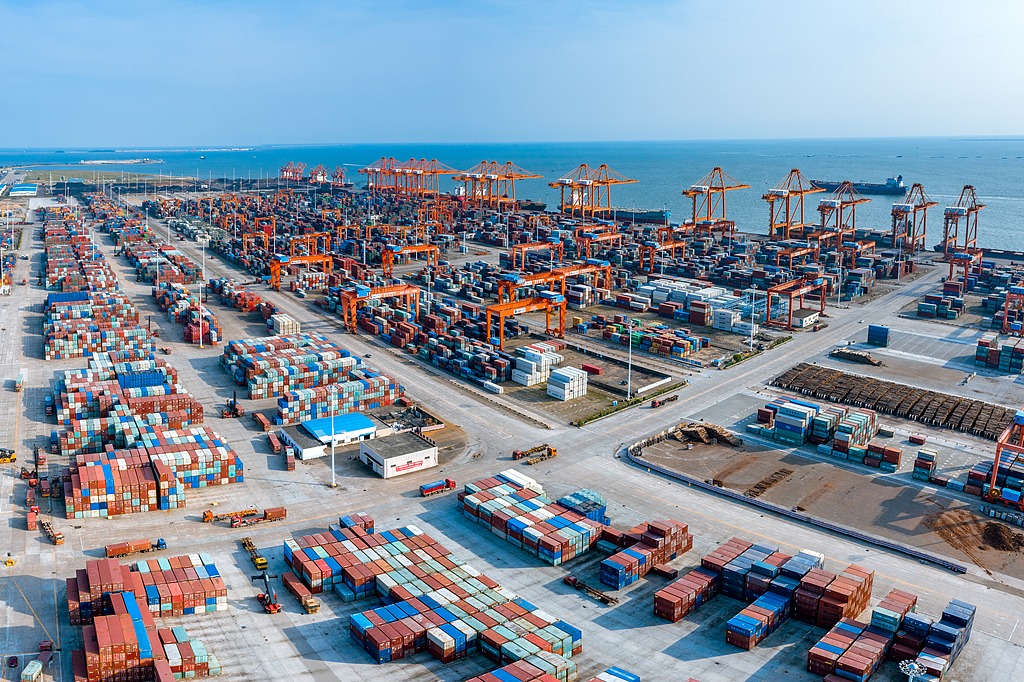New mechanism in pipeline to help debt-ridden SOEs
By Yu Xiaoming | chinadaily.com.cn | Updated: 2018-05-14 14:29

Deleveraging has been highlighted twice at high-profile central meetings this year, financial news outlet Yicai reported Sunday.
According to the just-concluded second meeting of the Central Committee for Deepening Overall Reform on Friday, reinforcing the asset and liability constraints on State-owned enterprises (SOEs) is important for reducing leverage ratios and defusing debt risk.
One month ago, the first meeting of the Central Committee for Financial and Economic Affairs was held on April 2. To prevent and defuse financial risks, China should reduce the leverage ratio of local governments and companies, especially SOEs, according to a statement released after the meeting.
Reducing the debt ratio of State assets is in line with the development need of China's current economic situation, Zhou Lisha, a researcher at the research center under the State-owned Assets Supervision and Administration Commission, told Yicai.
Excessively high debt could bring operation risks, Zhou said, adding that if the debt ratio of SOEs continue to rise, it could accumulate more contradictions and problems for China's social and economic development.
China's economy still faces the risk of high leverage while the leverage ratio of some SOEs remains high, Yi Gang, the governor of the People's Bank of China (PBOC), said at the China Development Forum 2018 in late March. The country should complete the corporate governance structure of financial enterprises and strengthen the liability constraint of SOEs, he added.
A restraint mechanism will be established and then continually improved to help debt-ridden SOEs bring their asset-liability ratios to reasonable levels as soon as possible, according to the second meeting of the Central Committee for Deepening Overall Reform.
Meanwhile, China's centrally administered SOEs deleveraging also has achieved initial success.
The average debt ratio for central SOEs stood at 66.3 percent by the end of 2017, down 0.4 percentage point from the beginning of the year. The nation aims to cut the average debt-to-asset ratio by another 2 percentage points by 2020, the country's State asset regulator said.
The average asset-liability ratio for central SOEs stood at 65.9 percent by the end of March, down by 0.4 percentage points compared with the beginning of this year. During the first three months, central SOEs saw profits rise by 20.9 percent year-on-year to 377.06 billion yuan, up from 15.2 percent for 2017.
This year, the country will continue to strengthen deleveraging of central SOEs, Peng Huagang, spokesperson for the State-owned Assets Supervision and Administration Commission, said in April.
China's overall leverage rose to 250.3 percent last year, up by only 2.7 percentage points from a year ago, according to a new report released by the PBOC Friday. The slowdown came after expansion of supply-side structural reform, a firmer economy and the effective implementation of a prudent, neutral monetary policy, the central bank said.
The PBOC believes China will be able to continue stabilizing its macro leverage and gradually push forward structural deleveraging, citing supportive factors such as a quality-oriented economic shift and strengthened financial supervision.
Xinhua contributed to this story.
























